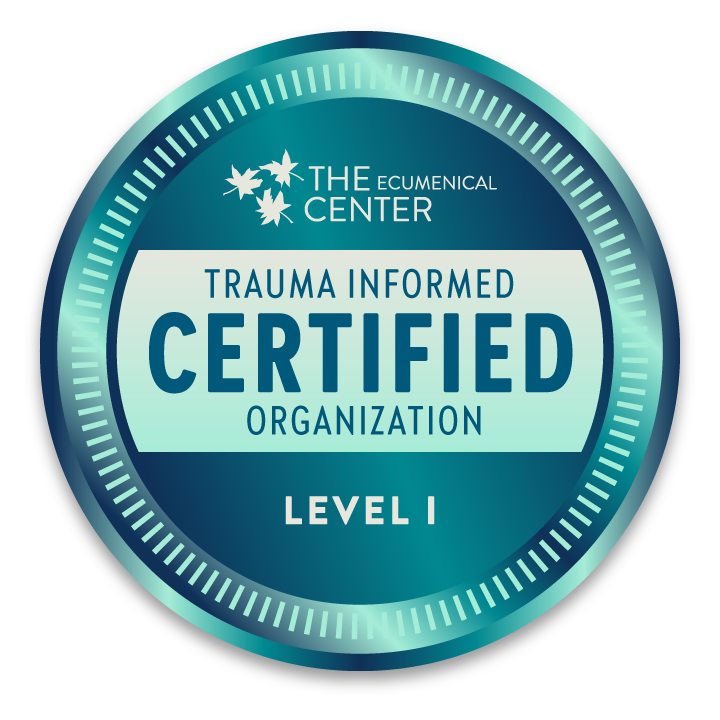Key Takeaways
- Connection doesn’t have to be big to be meaningful. Small, low-pressure moments can create real change over time.
- Children with trauma often experience an “intimacy barrier.” They may resist connection, not because they don’t want it, but because it feels unsafe.
- Healing starts with safety and regulation. Before deep connection can happen, both you and your child need to feel calm and secure.
- Starting small is the key to breaking cycles of disconnection. One tolerable step at a time can create a ripple effect in your relationship.
When Connection Feels Impossible
Parenting a child with a history of trauma, foster care, or adoption comes with unique challenges. You want to connect with your child, but sometimes it feels overwhelming, frustrating, or even painful. If your child constantly rejects your efforts to connect or their behaviors feel unpredictable, you may experience blocked care— when prolonged stress causes your nervous system to shift into protection mode, making it hard to sustain warm, loving feelings toward your child.
Blocked care can leave both of you feeling stuck in patterns of avoidance, conflict, and disconnection—making connection seem impossible.
Dr. Bruce Perry, a leading expert in trauma and child development, explains that children with early relational trauma often develop an “intimacy barrier”—where connection feels threatening rather than safe. Because of this, the very thing they need most—relationships—can also be what they fear the most. Perry writes:
So, what do we do when connection is difficult for both parent and child?
We start small.
The truth is connection doesn’t have to be big to be meaningful. Instead of forcing deep, emotional moments, we focus on low-pressure, manageable ways to show up for our children.
Understanding Tolerable Connection: What It Means in Parenting
Tolerable connection is the idea of starting small—choosing moments of connection that feel safe and manageable for both you and your child. Instead of forcing closeness or spending hours together, you can create connection in tiny, low-pressure ways that reduce the risk of rejection and overwhelm.
The goal is simple: Break the cycle of disconnection by taking one small step.
Before connection can happen, both parent and child must feel safe in their body and environment. Instead of trying to force immediate closeness, we can create tolerable connection—gentle, flexible interactions that don’t feel forced or overwhelming.
The Benefits of Small Interactions: Building Trust and Safety
Small interactions play a crucial role in building trust and safety within parent-child relationships. Regular moments of connection, such as sharing a laugh, having a brief conversation, or simply being together, reinforce the bond between parent and child. These interactions help children feel secure and understood, laying the groundwork for emotional stability.
By focusing on consistent, safe, and manageable moments, caregivers can slowly shift a child’s association between relationships and fear, helping them feel safer over time.
Practical Strategies for Creating Tolerable Connections
When a child has experienced trauma, connection can feel threatening rather than safe. And when a parent has experienced repeated rejection or unpredictable responses, connection can feel emotionally risky for them, too.
The key is to reduce the intensity of interactions, making them more tolerable for both parent and child.
Here are four practical ways to start small:
1. Connect from A Distance
Show your child you’re thinking about them, without the risk of face-to-face interaction. This minimizes the chance of rejection and keeps things light.
- Leaving a small note with their favorite snack
- Sending a text that says, “Saw this and thought of you!”
- Saying something positive about them when they’re within earshot
2. Focus on Proximity and Presence
Instead of forcing interaction, try parallel activities where each of you can engage at your own pace.
- Walk and talk instead of sitting across from each other.
- Do an activity side by side like coloring, cooking, or sorting laundry.
- Invite them into something you enjoy, letting them observe without pressure to interact. Even if they don’t engage, you get the win of doing something fun!
3. Regulate Before You Connect
Connection is difficult when either person is dysregulated. Before trying to bond, increase your own capacity and offer something similar to your child.
- Use rhythmic movement like rocking chairs, bouncing a ball, or walking.
- Lower expectations for conversation. Sometimes just sitting in silence together is enough.
- Choose your timing wisely: when you’re both rested, fed, and hydrated, connection feels easier.
4. Keep It Brief and Predictable
Long interactions can feel overwhelming for everyone. Instead, create short, structured moments of connection with a clear beginning and end.
- Spend 5–10 minutes doing something predictable each day (like listening to music together).
- Plan weekly connection points like a Saturday treat date, grocery shopping for lunches on a set weeknight, or a weekend game night.
- Bonus points for attempting something they love—we can do just about anything for 10 minutes. Try the video game, make the TikTok dance, or listen to their favorite song.
Start Small—And Watch the Ripples Grow
Even one degree of change can set off a ripple effect in your relationship. You don’t have to fix everything overnight. Just start with one tolerable step toward connection today.
💡 Want help brainstorming? Download our free Tolerable Connection Guide and start finding small, sustainable ways to reconnect with your child.













